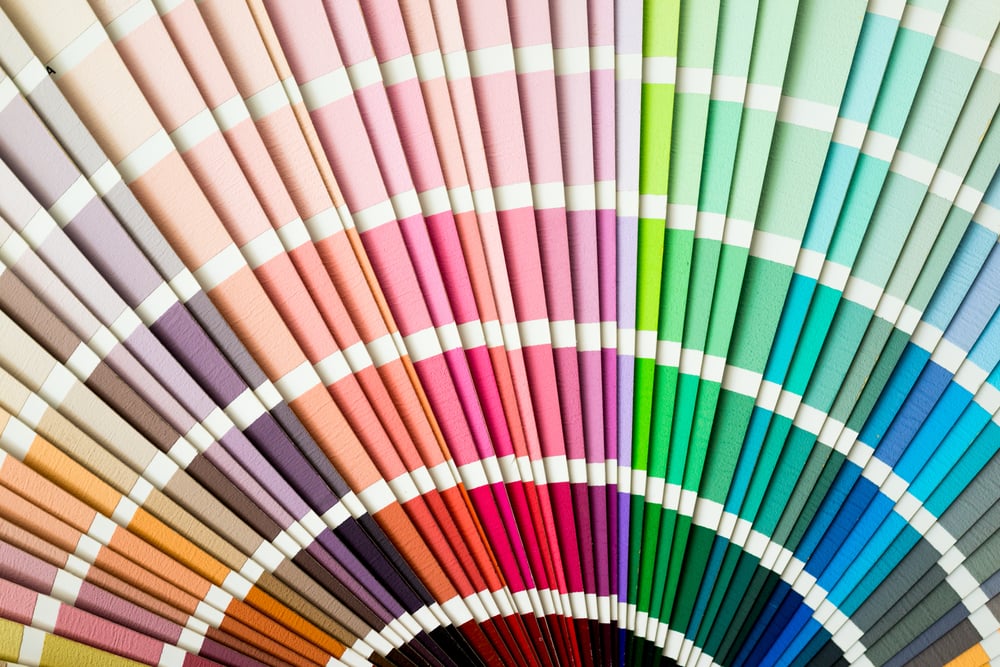
Choosing the Right Color for your Custom Challenge Coins
Adding color to your custom challenge coins, can create beautiful, unique and striking designs. However, before getting started, be sure to check out our best …
Creating challenge coins that are unique and stand out from the rest requires a combination of color and plating. Before you start customizing your challenge coins, it’s important to consider some simple tips to ensure your challenge coins are created to their fullest potential. When designing challenge coins, thinking about enamel colors and coin plating are the two biggest design decisions. We have put together a few examples to see how you can avoid some simple mistakes and make your challenge coins a hit.
Warm and Cool Colors Play a Big Part in Challenge Coin Design
It may seem obvious, creating challenge coins with a unique and memorable design requires careful consideration of color, plating, and other design features. Before creating challenge coin artwork, it’s important to consider your coins theme. Military emblems, corporate logos, and brand colors all play an important role in your design and coin plating choices.

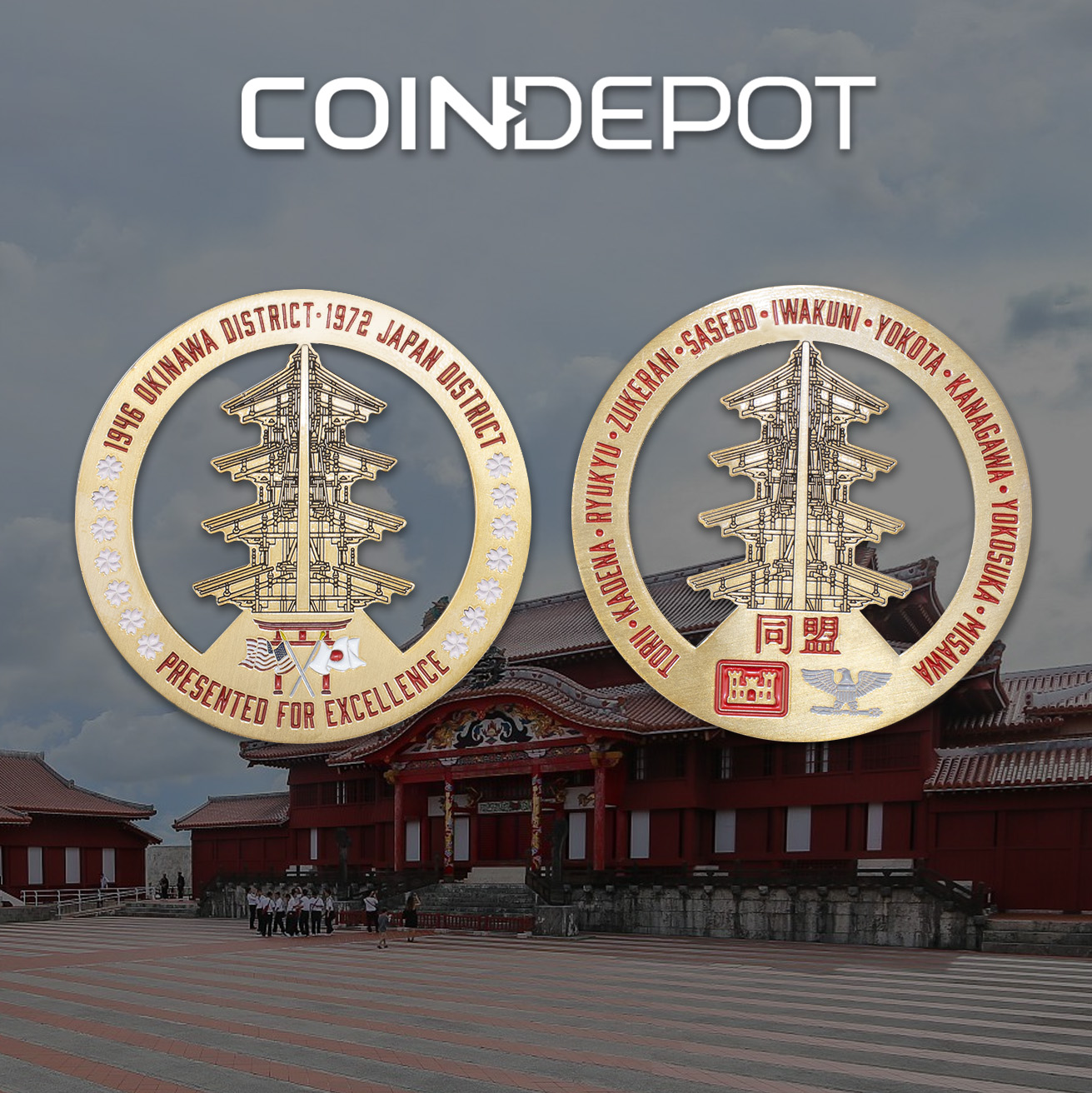
Cool colors fall into the spectrum of greens, blues and violets, and they tend to have a calming effect. A design with too many colors can be overwhelming and hard to focus on. complementary colors work together well and make a design more visually appealing, drawing the eye to certain areas.

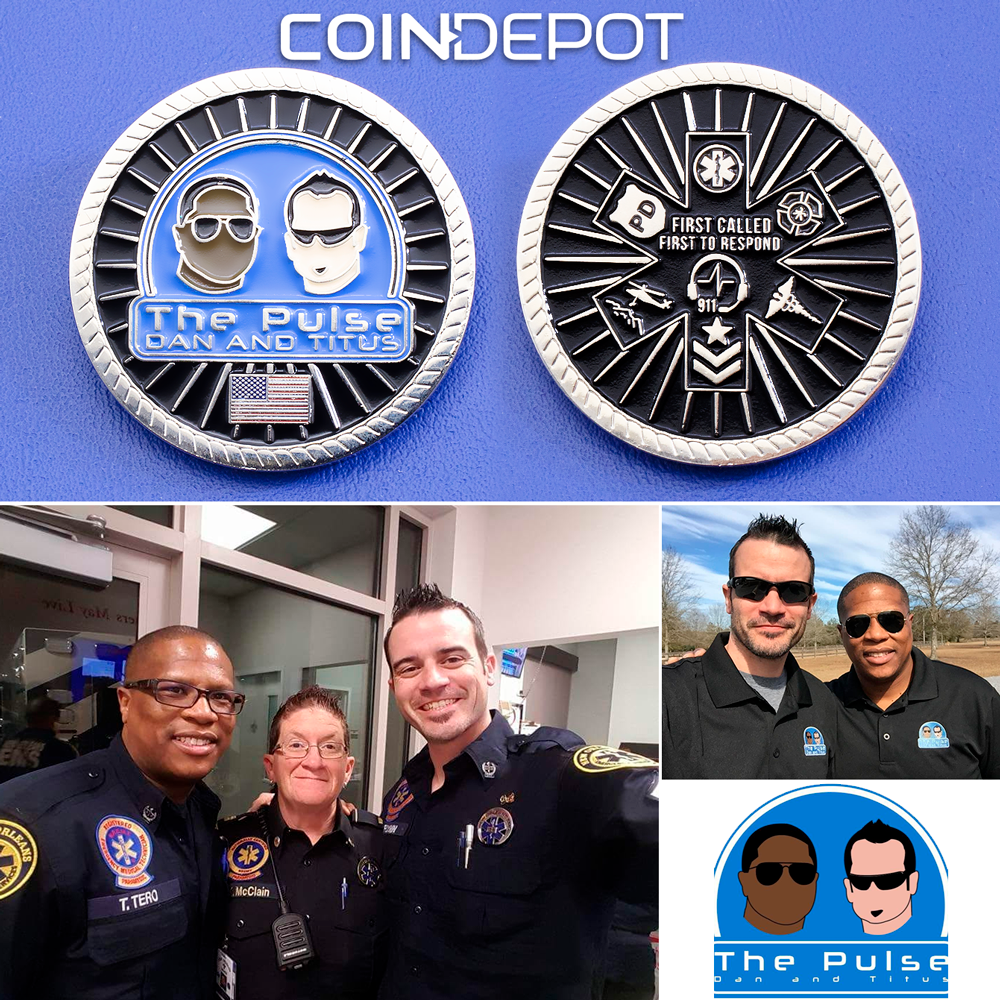
At Coin Depot, we want your project to come out better than expected, so when requesting artwork, the best starting point is choosing a plating option because it can help decide the rest of the color theme. Our options for gold and copper plating work best with warm colors, while silver plating options work best with cool colors. Coins plated in nickel or black metal work well with either warm or cool colors.
Challenge Coins With Antique Plating
Antique gold and silver coins aren’t as reflective as those with a high polish. This contrast creates natural shadows and different shades of colors in the raised and recessed areas on unpainted challenge coins. Dark colors are best for high polish plating to create needed contrast; however, antique plating works well with any color. For example, the following coins use bright colors but subtly in order to brighten up the antiqued coins.
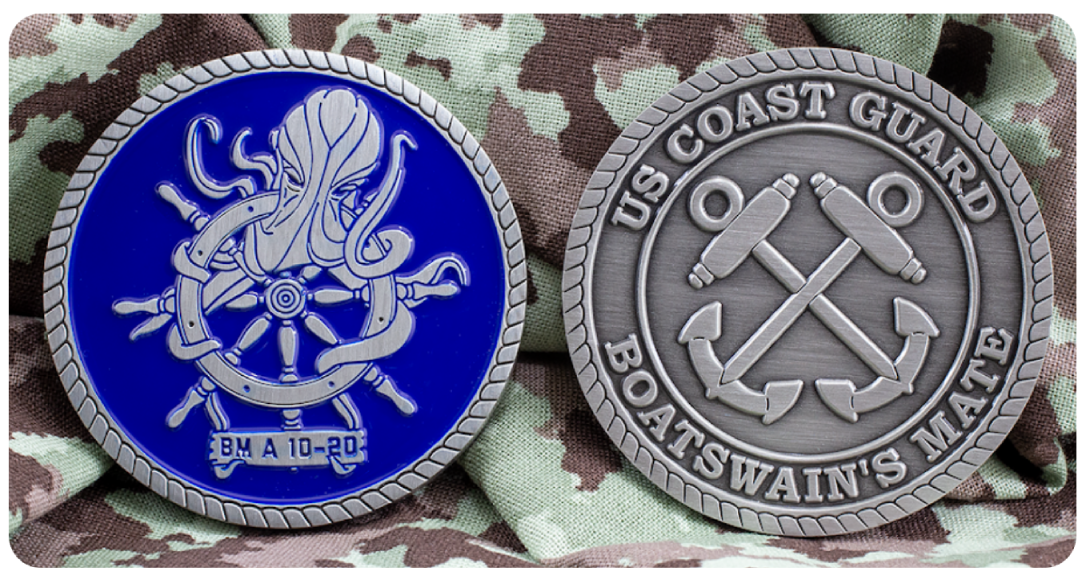
Challenge Coins With High Polish Plating
Although high polish plating is shiny and can make a great design, you have to be careful that it doesn’t take away from your artwork. A coin that focuses too much on high polish plating may result in glare or smudging that distracts from the detailed aspects of design. For instance, notice how the finer details in the antique gold plating on the left are more visible than those in the high polished gold plating on the right.
In high polish designs, added contrast can be created in several ways, two of which are recessed sandblasting and dual plating. If you take a look at the NAME coin, for example, you’ll see a textured surface on the larger coin between the ELEMENT design and its outer edge. This is an example of recessed sandblasting.
Recessed sandblasting makes the surface more muted and difficult to smudge. Although it won’t be as bright as if you were to add color fills, it will still provide just the right amount of contrast for your design needs. When working with dual plating, there are times when not using colorfill will result in the best possible outcome for your design.
Using Dual Plating
Dual plating is the combination of two or more plating options and is the perfect way to mix and match the natural colors each style of plating offers. This coin features black nickel plating on top of antique copper plating. The end result is a striking and well-balanced design that does not rely on colorfill to add life to the artwork.
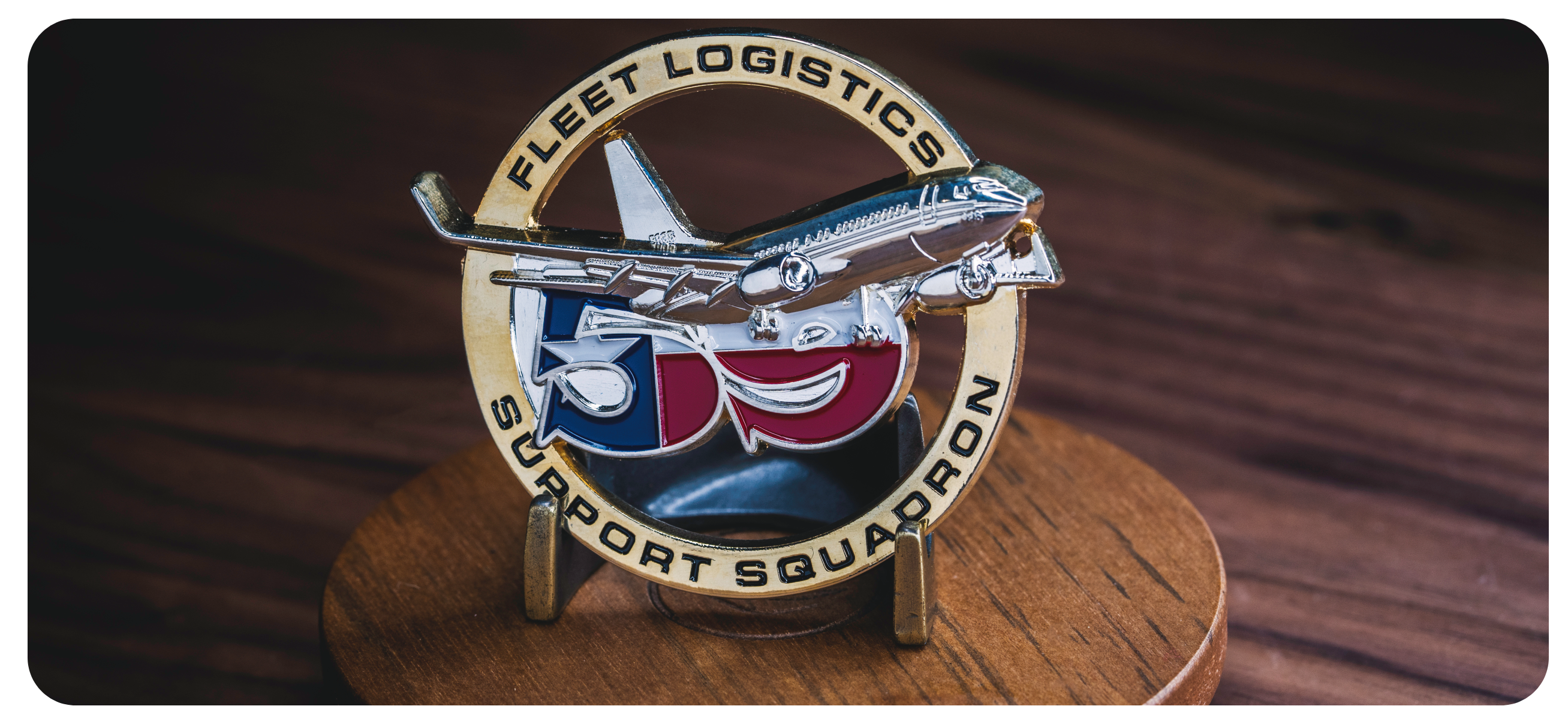
Black Metal Challenge Coin Design
A black metal coin design does not need to be high polish to be striking. These coins use colors that are highly contrasting to emphasize the artwork and draw attention to the small details in the design. Black metal absorbs light, whereas a high polish finish reflects it. Therefore, if you do not add color to your black metal design, the only way someone would be able see it is if there is a strong light source shining on it. The best colors to include with black metal designs are blues, Reds and whites.
Contrast is Key
All artwork, no matter the medium, needs contrast to be successful. This is especially true when it comes to coins that are either high polish or black metal. But regardless of the plating you choose, color will always add personality to your design. To learn about our other plating options and see more examples of great work, visit our custom plating page. If you like what you see here and want to get started on your own designs, give us a call! Our sales team would be happy to help get you started.


